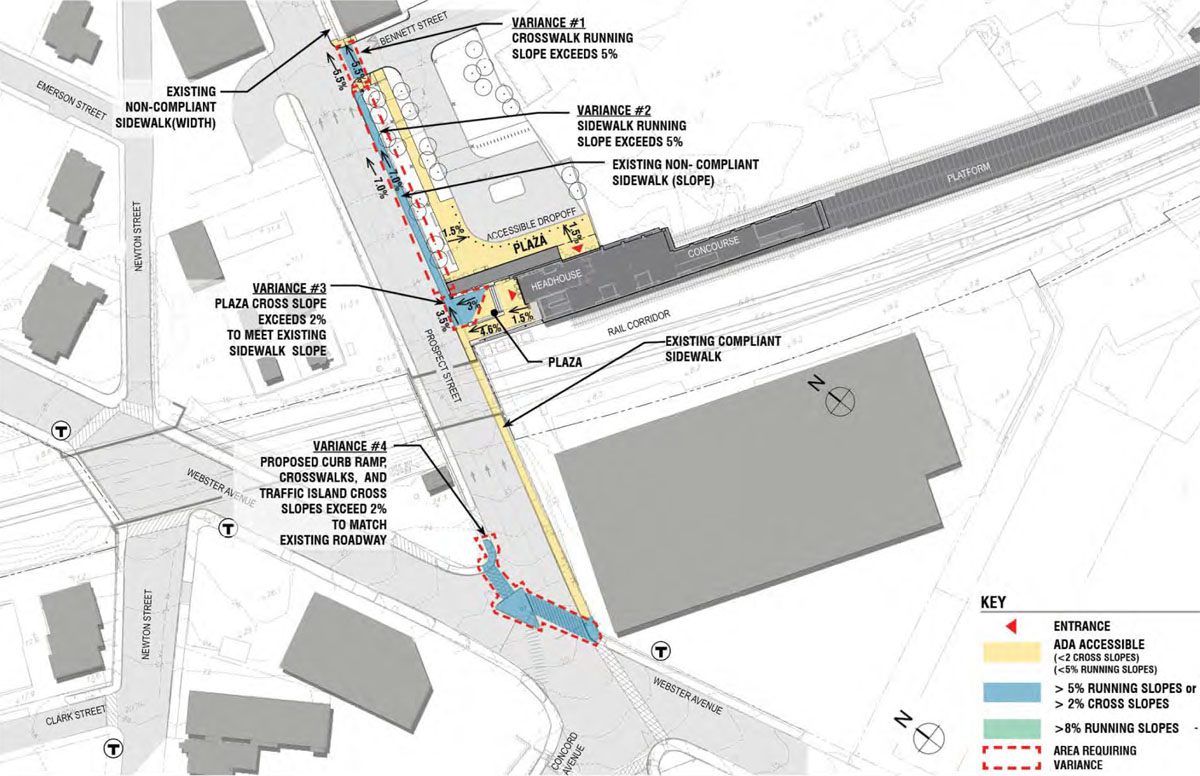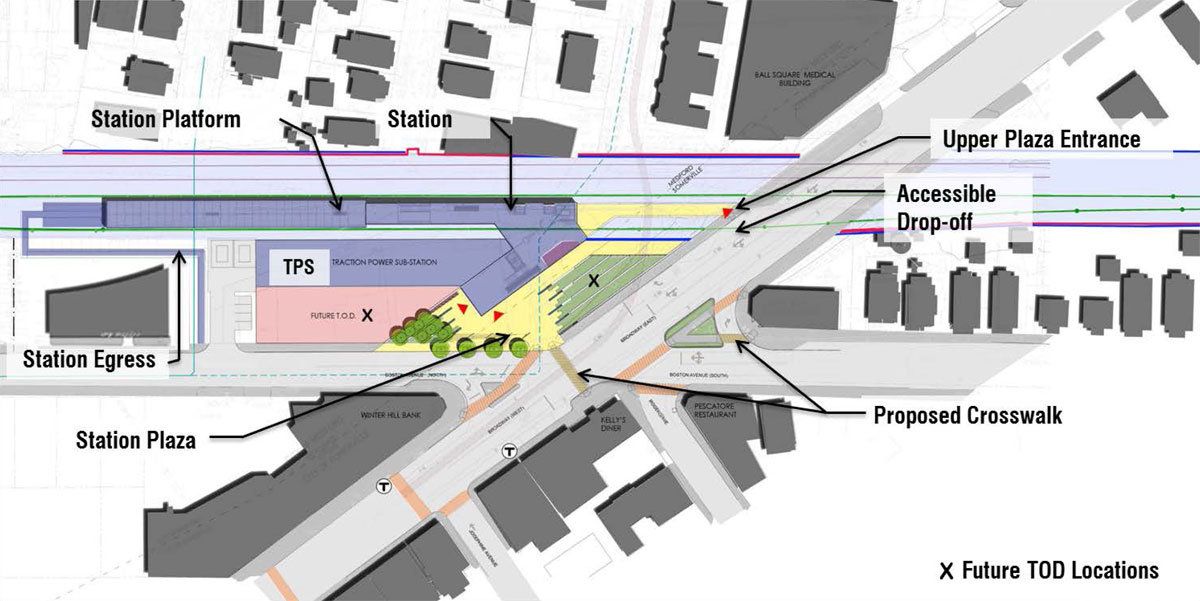Nope. Despite the self-satisfied ArchBoston answers that "its the ADA" only circular reasons of we-must-have-because-we-must-have were offered here.
This was explained on prior pages. The only thing circular going on here is returning back to the exact...same...statements...of personal belief.
Explanations of regs, explanations of degrees of difference in ridership between builds, explanations of physical dimensions, explanations of how design costs are accrued in the real construction industry, explanations of all-world fucked bidding process and the enormous degree of cost recovery between addressing THAT vs. possible savings that can be salvaged from a redesign without making the design's cost recovery worse, explanations that banal talk radio duckspeak is banal:
None of that matters, no matter how many people offer evidence, because "I believe in my personal design preferences, have the indefatiguable stamina to repeat it, and believe in that harder than evidence."
Wheeeeeeeeeeeee!!!!!
ADA which is perfectly satisfied with very high volumes of people crossing active rails on virtually every other new, ADA-compliant light rail system in the USA. A trainful at rush hour is about the same wherever you go Dallas, LA, Norfolk, Minneapolis, Portland, San Diego. They all cross tracks happily and legally [and safely with little operational impact]
Explain with evidence how the projected ridership of GLX is like any other newly constructed light rail system, and how the physical location on narrow ROW shared with commuter rail and freight mainline is similar to other newly constructed light rail systems. You've heard the counterpoints. What is your evidence-backed argument?
ANd particularly at low-traffic places like Ball Sq, which could have a Lechmere-style faregate and station area at Ball. No ADA problem.
So please explain how you would shave cost by wholesale-changing the design at Ball and incurring the design change costs that multiple posters (including those with real career in the design-engineering process) have cited. And the physical utility structures which the station must contour around.
All we can really say is that we've decided that we won't accept level crossings and because elevators are ADA-compliant we've decided to label level crossings as ADA non-compliant.
No. That's not all we can say. Paragraphs upon paragraphs of evidence have been offered. They are being countered not by evidence, but by repetition of personal belief.
You can do better than that. You're choosing not to.
That and we don't want to make the Ball Sq people feel bad and so have decided to overbuild their neighborhood station as if it were in the middle of Assembly TOD.
Have you sampled opinion around Ball Square and found evidence that fee-fees is the driving process? Can you cite quotes from neighborhood meetings, from politicians, from the T to point to a profound case of Assembly penis-envy? Surely there must be some profound undercurrent if that if you're catching that vibe on a purely analytical sense.
Oh, hell...don't know the stakeholders' opinions? Invent them. Nothing reinforces self-belief like the firm belief of omniscience of others' beliefs.
At this point, the only justification for building Ball as designed is that changing it (now) in the name of saving money will cost too much money and time.
Yes. This is a factual statement backed by evidence.
Is anyone willing to square their counterpoints with this, or does general consensus fly out into the ether the second "Submit Reply" gets hit to be forgotten until next time?
Because that's the feedback loop this thread is now rather firmly stuck in.





